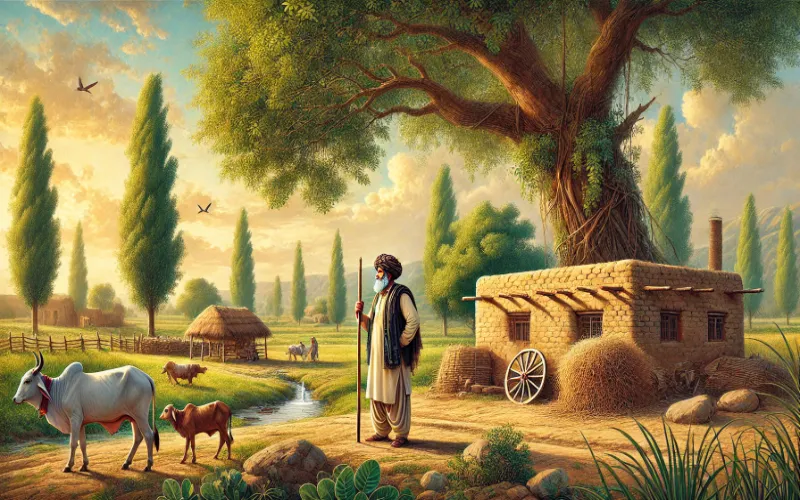The term “Numberdar” evokes images of tradition, authority, and community stewardship in many parts of South Asia. Rooted in the annals of agrarian societies, the Numberdar served as a linchpin between the people and governing authorities.
But who exactly is a Numberdar, and why does this title still resonate in certain regions? Understanding the essence of this role requires an exploration of its historical significance and evolving relevance.
Historical Origins of the Title
The title “Numberdar” finds its origins in the feudal systems of the Indian subcontinent, particularly during the Mughal and British colonial eras. Derived from the Persian word numbār, meaning “number,” it signified a person responsible for maintaining order and managing the census in rural areas.
Under British rule, the Numberdar became an intermediary, tasked with tax collection, record maintenance, and representing villagers in administrative matters. This position was often hereditary, passed down through generations of influential families.
Roles and Responsibilities of a Numberdar
Traditionally, the Numberdar wielded considerable power within their community.
- They acted as the village headman, resolving disputes, collecting revenue, and overseeing agricultural productivity.
- Their duties extended to ensuring law and order, organizing communal events, and liaising with government officials.
- The Numberdar’s word was often final in village matters, making them a figure of respect and, sometimes, fear.
- Their role was multifaceted, encompassing administrative, judicial, and ceremonial duties.
Cultural and Regional Variations in the Role
While the essence of a Numberdar’s responsibilities remains consistent, cultural nuances shape their role in different regions.
In Punjab, for example, the Numberdar is often seen as the custodian of ancestral traditions and they may serve more as a political influencer. In Sindh and Balochistan, the title intertwines with tribal leadership, amplifying their sway over local governance.
Such regional disparities highlight the adaptability of the Numberdar system to the socio-political fabric of each area.
The Connection Between Numberdar and Patwari
The Numberdar and Patwari roles intersect primarily in the domain of rural revenue collection and land management. The connection can be summarized as follows:

- Tax Collection: The Numberdar assists the Patwari in identifying and collecting taxes from villagers, leveraging their local knowledge and influence.
- Land Disputes: In disputes regarding land ownership or usage, the Numberdar provides community-based insights, while the Patwari supplies official records and documentation.
- Census and Surveys: During agricultural or demographic surveys, the Numberdar collaborates with the Patwari to provide accurate and updated information.
- Administrative Communication: The Numberdar often liaises with the Patwari to ensure the effective dissemination of government schemes related to land, agriculture, and welfare.
The Relevance of the Numberdar in Modern Times
In an age dominated by digital governance and centralized administration, one might assume the role of the Numberdar to be obsolete.
However, this is far from true. In rural and semi-urban areas, where bureaucratic reach remains limited, the Numberdar continues to act as a vital conduit between the people and authorities.
They assist in disseminating government schemes, resolving land disputes, and even coordinating relief efforts during natural calamities. Their influence endures, albeit in a more subdued form.
Challenges Faced by Numberdars Today
The modern Numberdar faces a host of challenges, ranging from dwindling authority to bureaucratic red tape. The encroachment of formal administrative structures and the rise of democratic grassroots institutions often undermine their traditional roles.
Additionally, allegations of nepotism, corruption, and inefficiency plague the system, tarnishing its once-esteemed reputation. The Numberdar now find themselves at a crossroads, struggling to balance tradition with the demands of a rapidly changing world.
The Enduring Legacy of the Numberdar
Despite the challenges, the legacy of the Numberdar persists. They remain symbolic of a time when leadership was deeply rooted in community connection and trust
As society evolves, so too does the role of the Numberdar, transitioning from a figure of authority to one of cultural and historical significance. Their story is a testament to the resilience of traditional systems in the face of modernization, reminding us of the enduring value of local governance.



Leave a Reply